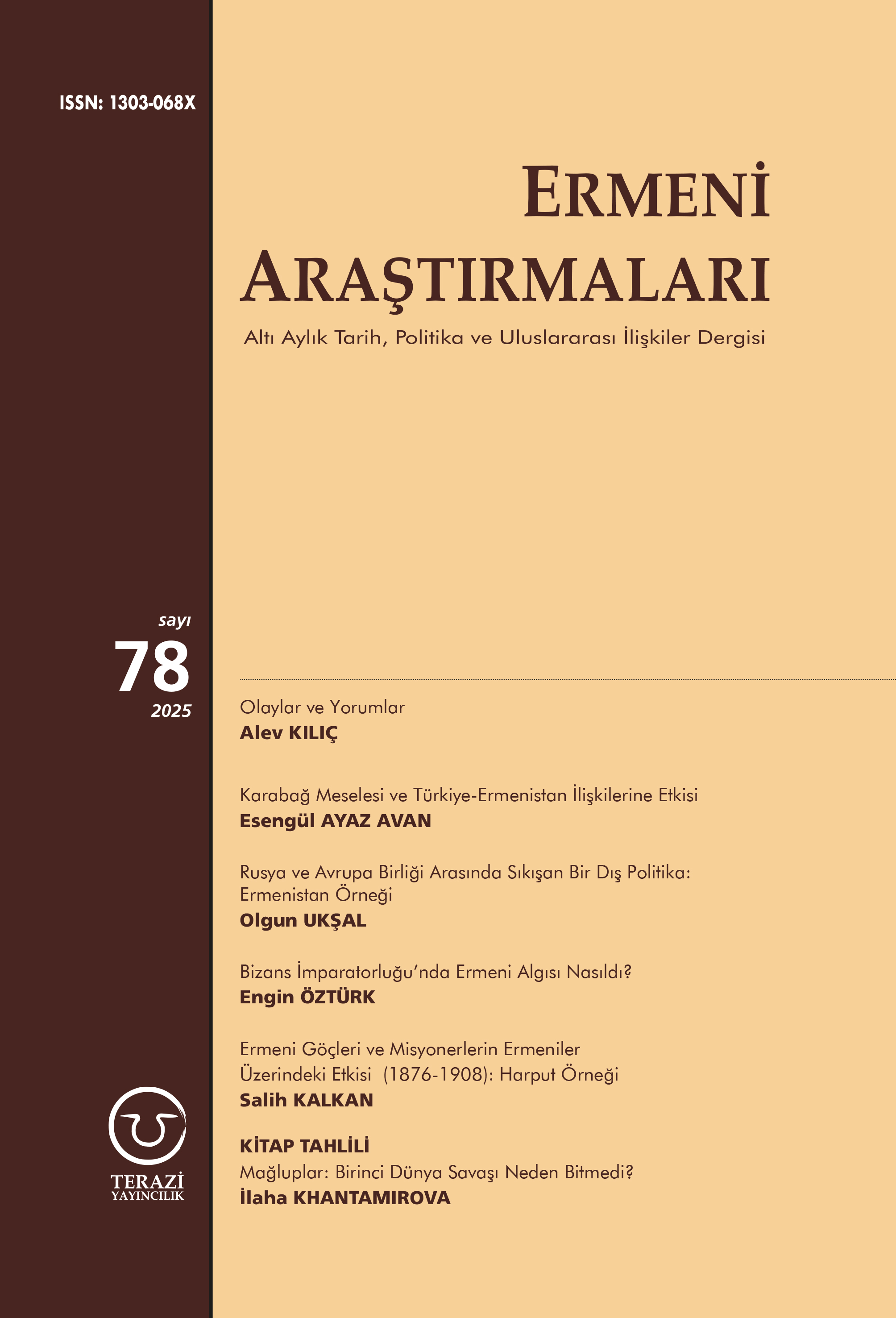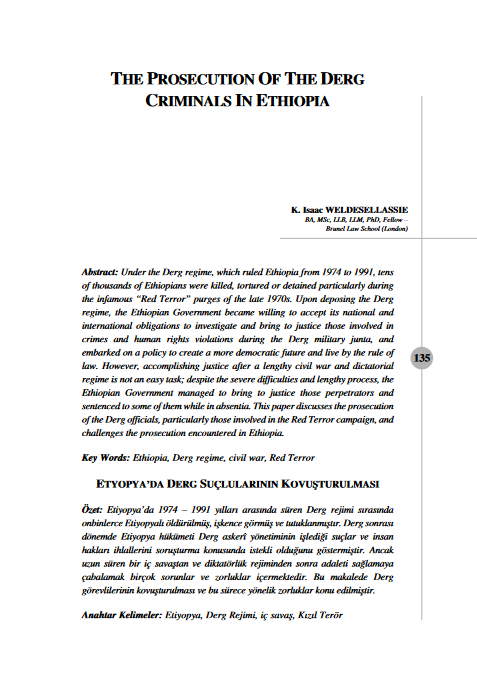Popularmechanics Jan 26, 2017
By Kyle Mizokami
The top of the world is now the newest military frontier.
North of the Arctic Circle has traditionally been a demilitarized zone. The militaries of the world tend to stay clear of that part of the world for two reasons: It's hard to defend and there's generally nothing worth fighting over. Unfortunately climate change is changing that, and Russia is taking the lead in fortifying its share of the region.

The Arctic Circle is generally regarded as north of the 66 degrees, 34 minutes north latitude. It covers roughly four percent of the Earth's surface and is in a perpetual winter, with most of the arctic region locked in ice. But rising temperatures are contributing to a decline in the amount of that very ice. Less sea ice means previously unreachable resources—particularly oil and natural gas—can now be accessed and a new ice-free Arctic shipping route servicing the northern hemisphere appears almost certain.
Russia, which spans eleven times zones across the Northern Hemisphere is staking a claim to the arctic. Perhaps predictably, it's going a little overboard about it. In 2007, Russian robotic submarines planted the national flag under the North Pole. Russia claims the North Pole on the grounds that the Lomonosov Ridge, an extension of Russia's continental shelf territory, passes underneath the pole.
As this new map at Foreign Policy shows, Russia is prepared to back up those claims. By 2015, it had established six new bases north of the Circle, including 16 deepwater ports and 13 airfields. While many of these ports are minor ones for resupply of distant, lonely outposts and many airfields are for emergency use only, it's a network that is growing increasingly robust and well defended. Russia has deployed advanced S-400 long range surface to air missiles, as well as "Bastion" supersonic anti-ship missiles, to protect some of the larger bases.
The map was released by Senator Dan Sullivan of Alaska, who is pressing the new Trump Administration to hammer out an Arctic strategy. The U.S. has no major bases north of the 66 degree parallel but is increasingly training to go there if necessary. In 2015, a combined Army and Air Force exercise deployed Stryker combat vehicles to Deadhorse Alaska, one of the northernmost communities in the United States. In March, ICEX 2016 saw two nuclear submarines rendezvousing at the North Police, where they were joined by helicopters and paratroopers.
Map source: Foreign Policy
No comments yet.
- AUSTRIA ARRESTS 14 SUSPECTS OVER 'ISLAMIC STATE' LINKS Europe - EU 27.01.2017
- HATE CRIMES ON THE RISE IN CZECH REPUBLIC DESPITE REFUGEE PROGRESS Europe - EU 27.01.2017
- AMBASSADOR OF KYRGYZSTAN TO MEET WITH TURKISH MEDIA IN ANKARA ON JANUARY 31 Asia - Pacific 27.01.2017
- PRESS RELEASE BY THE MFA OF TURKEY REGARDING THE ANNULMENT BY THE CONSTITUTIONAL COUNCIL OF FRANCE OF THE LAW CONCERNING THE “CRIMINALIZATION OF THE DENIAL OF THE GENOCIDES İN THE ABSENCE OF A COURT DECISION” The Caucasus and Turkish-Armenian Relations 27.01.2017
- AZERBAIJAN'S MINISTRY OF ECONOMY TO COORDINATE ISLAMIC BANKING LEGISLATIVE FRAMEWORK The Caucasus and Turkish-Armenian Relations 27.01.2017
-
25.01.2016
THE ARMENIAN QUESTION - BASIC KNOWLEDGE AND DOCUMENTATION -
12.06.2024
THE TRUTH WILL OUT -
27.03.2023
RADİKAL ERMENİ UNSURLARCA GERÇEKLEŞTİRİLEN MEZALİMLER VE VANDALİZM -
17.03.2023
PATRIOTISM PERVERTED -
23.02.2023
MEN ARE LIKE THAT -
03.02.2023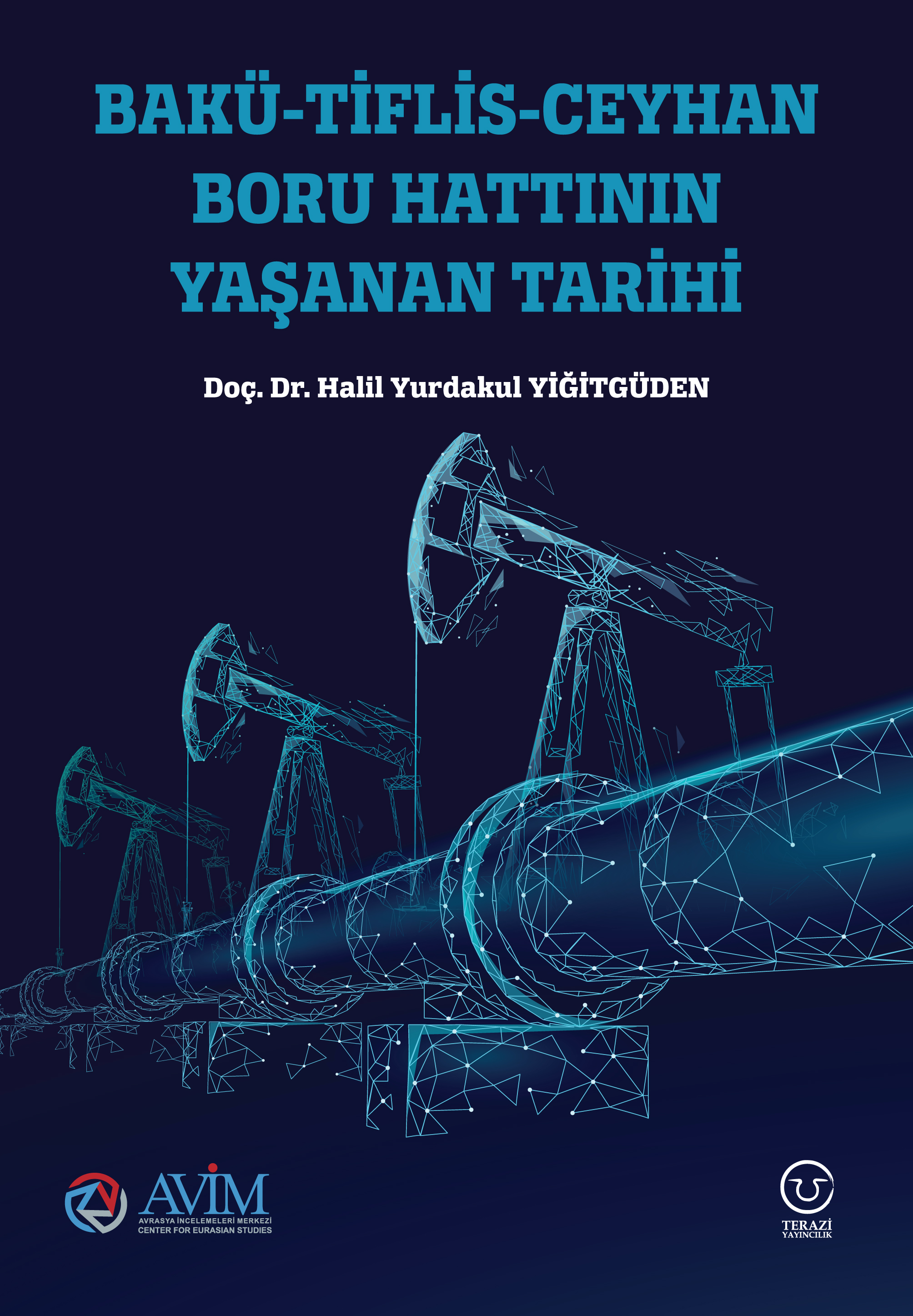
BAKÜ-TİFLİS-CEYHAN BORU HATTININ YAŞANAN TARİHİ -
16.12.2022
INTERNATIONAL SCHOLARS ON THE EVENTS OF 1915 -
07.12.2022
FAKE PHOTOS AND THE ARMENIAN PROPAGANDA -
07.12.2022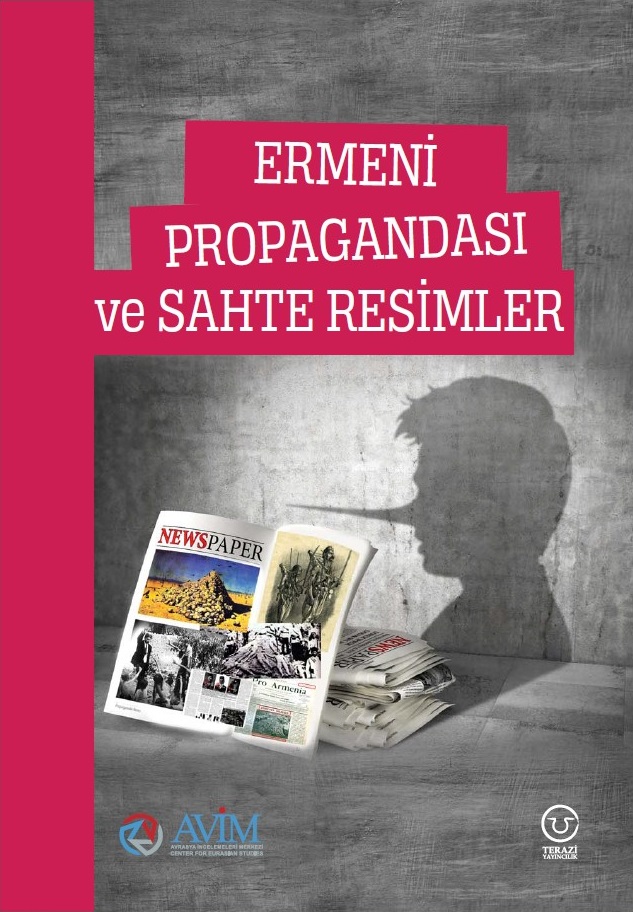
ERMENİ PROPAGANDASI VE SAHTE RESİMLER -
01.01.2022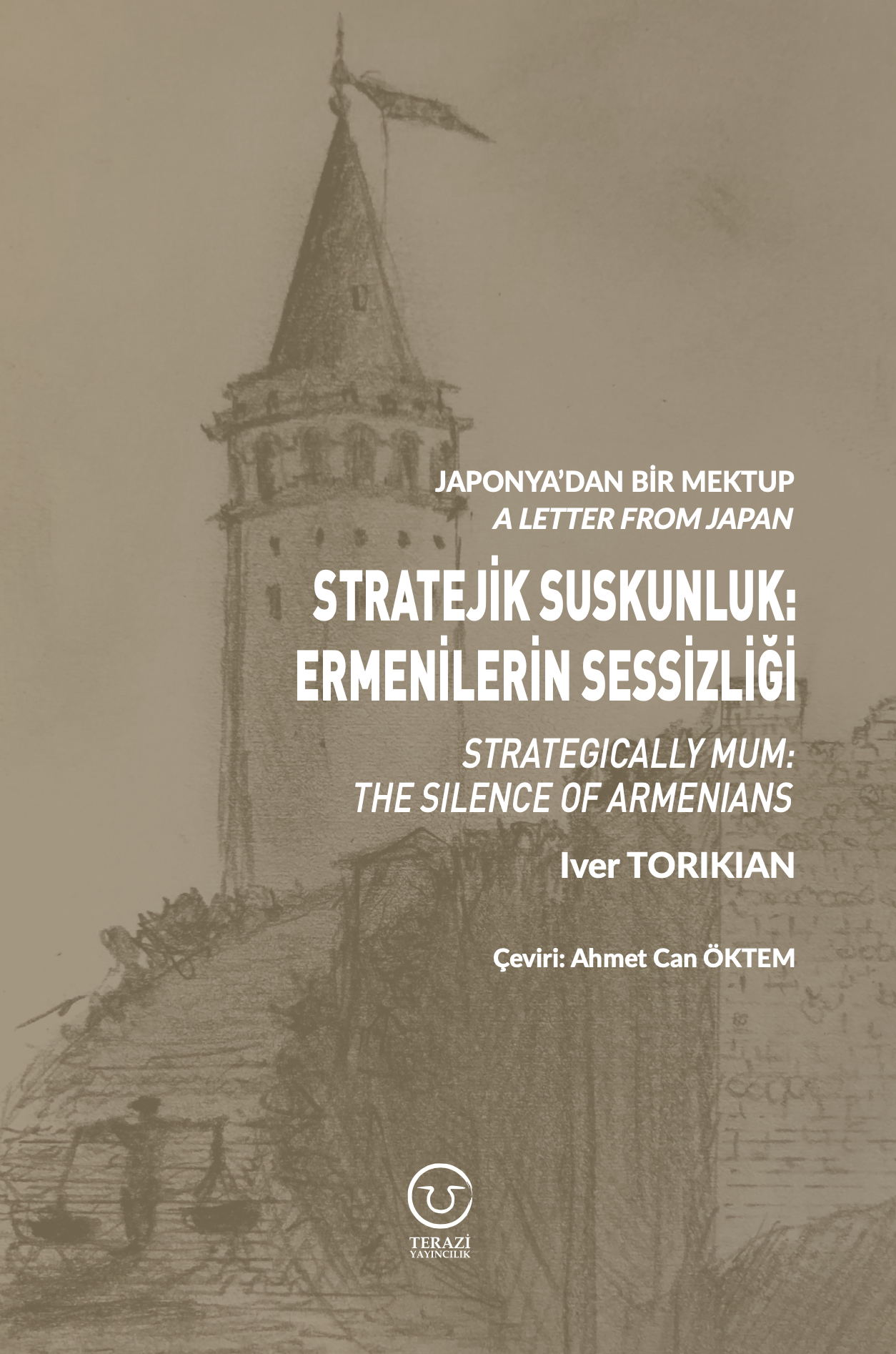
A Letter From Japan - Strategically Mum: The Silence of the Armenians -
01.01.2022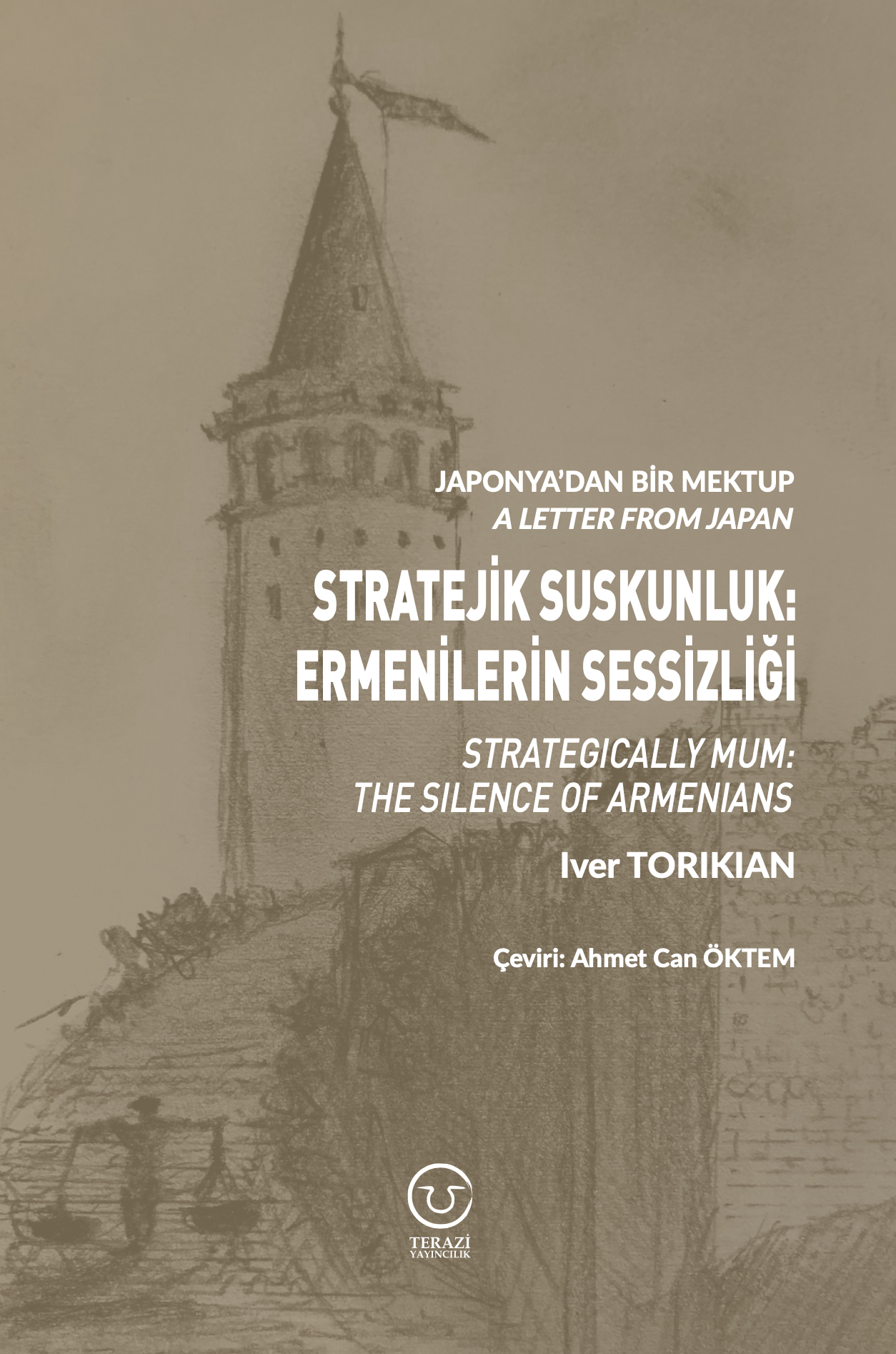
Japonya'dan Bir Mektup - Stratejik Suskunluk: Ermenilerin Sessizliği -
03.06.2020
Anastas Mikoyan: Confessions of an Armenian Bolshevik -
08.04.2020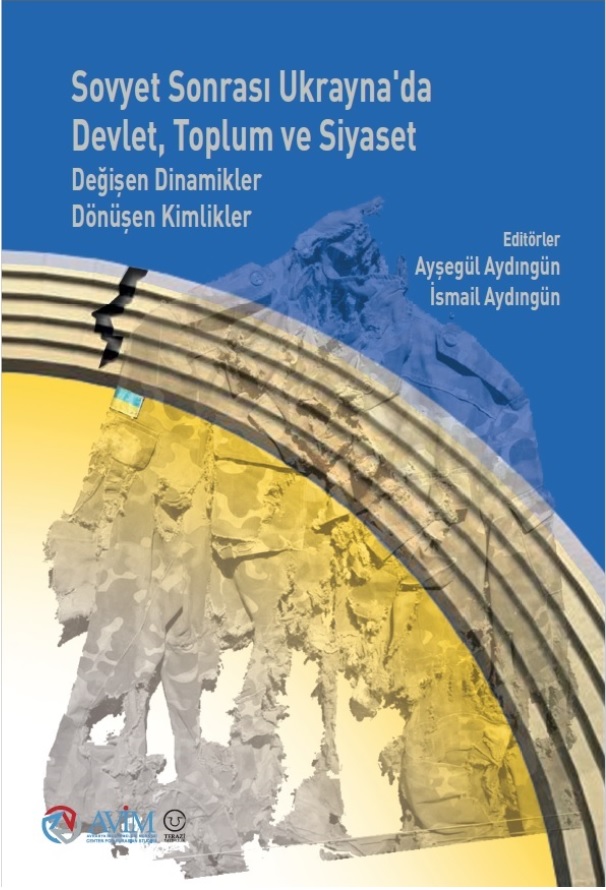
Sovyet Sonrası Ukrayna’da Devlet, Toplum ve Siyaset - Değişen Dinamikler, Dönüşen Kimlikler -
12.06.2018
Ermeni Sorunuyla İlgili İngiliz Belgeleri (1912-1923) - British Documents on Armenian Question (1912-1923) -
02.12.2016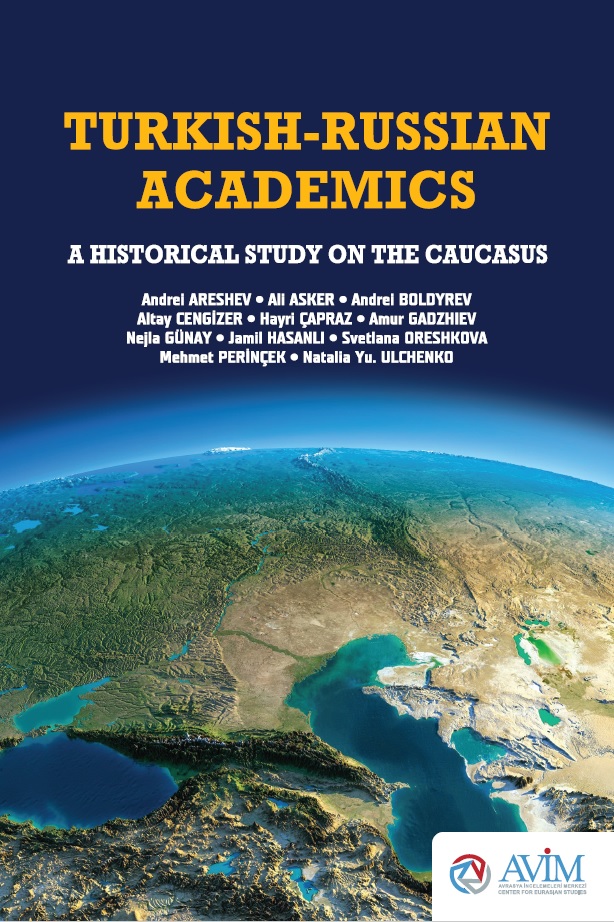
Turkish-Russian Academics: A Historical Study on the Caucasus -
01.07.2016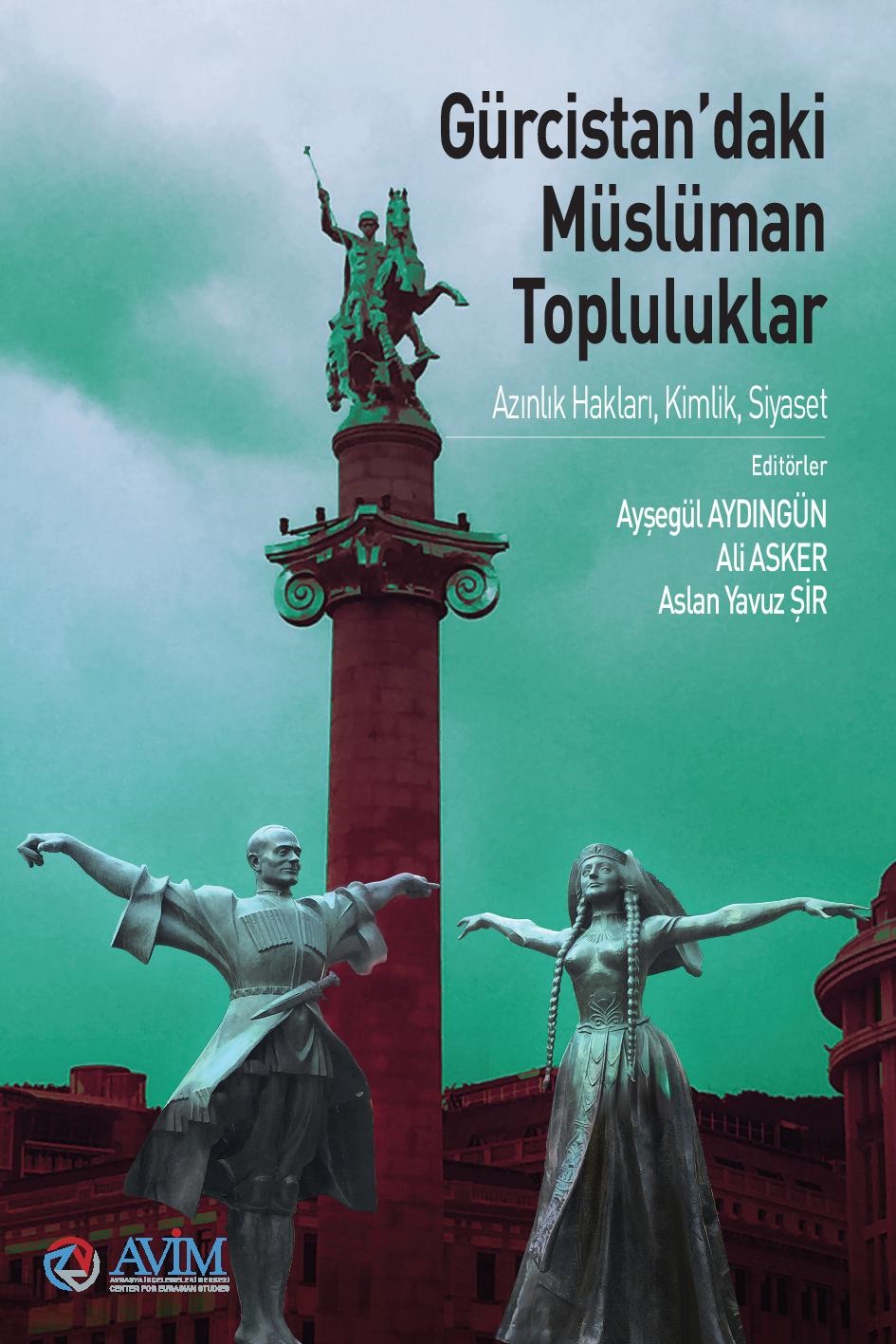
Gürcistan'daki Müslüman Topluluklar: Azınlık Hakları, Kimlik, Siyaset -
10.03.2016
Armenian Diaspora: Diaspora, State and the Imagination of the Republic of Armenia -
24.01.2016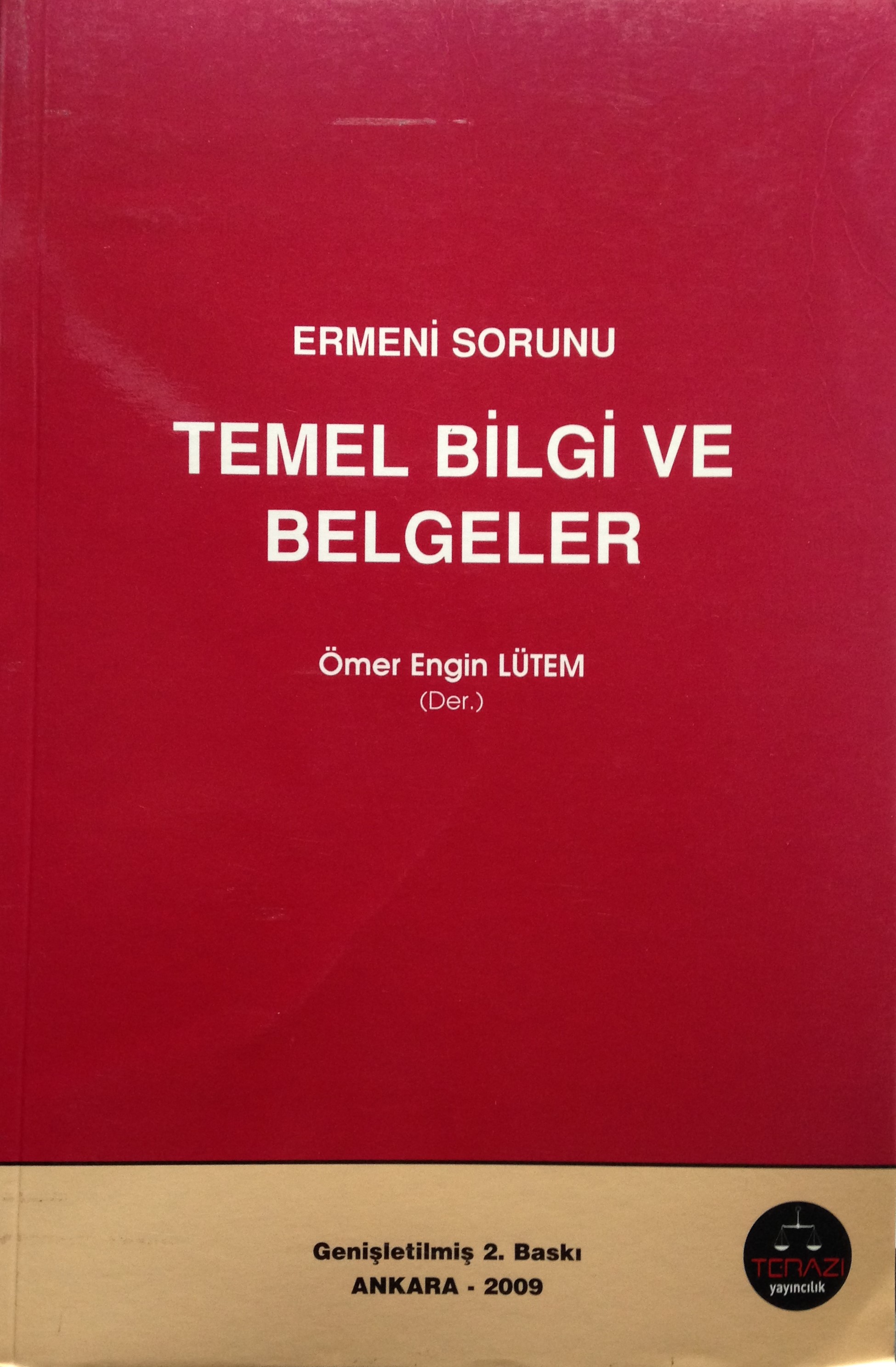
ERMENİ SORUNU - TEMEL BİLGİ VE BELGELER (2. BASKI)
-
AVİM Conference Hall 24.01.2023
CONFERENCE TITLED “HUNGARY’S PERSPECTIVES ON THE TURKIC WORLD"

